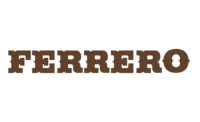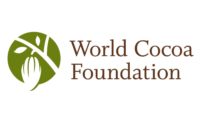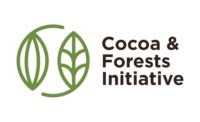Ferrero has published its third annual report showcasing its progress under the Cocoa & Forests Initiative (CFI) – a comprehensive program of projects delivered across Ghana and Côte d’Ivoire to help end deforestation and preserve forests.
In the context of the COVID-19 global pandemic, 2020-21 presented additional challenges for Ferrero cocoa farmers and suppliers. This unprecedented situation required increased efforts to address these challenges, but certain projects also surpassed goals, in some cases doubling original targets set for 2022.
"As one of the founding members of the Cocoa and Forest Initiative, Ferrero is committed to contributing to ending deforestation and forest degradation in the cocoa sector, while championing socially and environmentally sustainable practices in our cocoa supply chain," said Marco Gonçalves, chief procurement and hazelnut company officer at Ferrero.
Fundamental to driving change is visibility of the supply chain. In 2020-21, Ferrero continued to achieve traceability from farm to first purchase point in Côte d'Ivoire and Ghana for the cocoa volumes sourced. It also covered 346,000 hectares with deforestation risk assessments, doubling its initial target for 2022.
Ferrero said it also took important steps on forest restoration, made possible through additional investments. More than 500,000 non-cocoa trees were distributed for off-farm planting, helping to restore 3,500 hectares of forest area, of which 200 hectares in classified forests. When combined with multi-purpose trees for on-farm planting, in total Ferrero has distributed 2 million trees in 2020-21 and 3 million trees since the start of its CFI action plan in 2018.
Additional achievements from 2020-21 include:
- 69,000 cocoa farmers adopting agroforestry practices on their land, covering 111,000 hectares
- More than 10,000 farmers involved in Payment for Ecosystem Services (PES) initiatives. The PES initiative provides farmers with valuable resources and incentives such as financial payments, trainings, fertilizers and tools in return for their work on environmental protection and restoration.
- More than 21,000 supported with income generating activities, including soap making, beekeeping and chicken farming.
- 890 active Village Savings and Loans Associations (VSLA) groups, involving 27,000 members, mainly women. VSLA groups are self-managed groups of community members who meet regularly to save their money in a safe space and have access to small loans.
- 397 communities involved in Community-Based Natural Resource Management (CBNRM) covering over 55,000 hectares. The committees established in these communities work closely with the local authorities to identify areas for forest restoration and protection and receive support to implement activities to this end.
"As we enter the fourth year of the Cocoa and Forest Initiative, we continue our journey and learn from best practices to further strengthen our program,” Gonçalves said.




